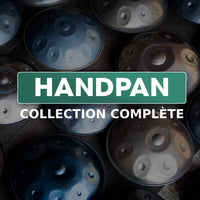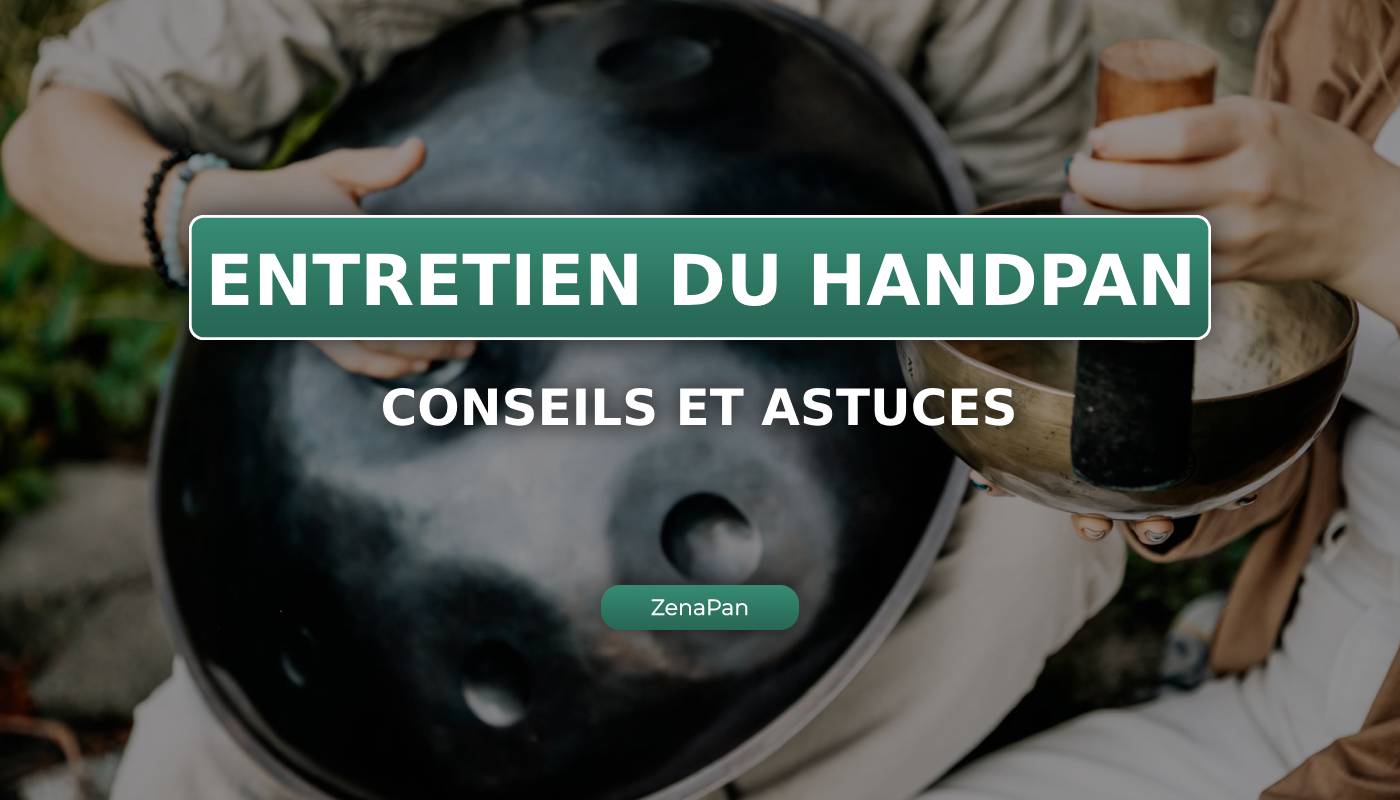The maintenance of Handpan, also called Hang Drum, is the reason why ZenaPan chose to favor stainless steel Handpans. We explain why.
Maintaining a nitrided Handpan is difficult
You can read a number of tips on the internet at “ how to maintain your Handpan ». The problem is that when it comes to nitrided steel, it all depends on the workshop in which your instrument was born.
Why ? Because the nitriding conditions are not fixed by international standards. In other words, each workshop carries out its own nitriding. The heat as well as the time of exposure to nitrogen differs from one manufacturer to another, making the instrument more or less porous, and more or less resistant to rust.
Therefore, giving general advice on the maintenance of a nitrided Handpan can lead to disaster. Some oils will not be suitable for your instrument, while they will be suitable for others, to the point that they can change the sound quality of your Handpan.
Before applying anything to your nitrided steel Handpan, contact the manufacturer to find out which products you can use to maintain this magnificent instrument.
How to Maintain a Stainless Steel Handpan?
the Stainless steel hand pan is much easier to maintain, since it is much less subject to the risk of rust. The fact that it has not been subjected to a thermochemical nitriding process also prevents it from having greater or lesser porosity.
For maintenance you will need:
- With a soft cloth,
- A scraping sponge (like the one you use for washing dishes),
- A microfiber or chamois cloth,
- alcohol,
- From a protective oil.
Step 1: use the soft cloth
Start by passing a soft cloth over your instrument, in order to remove the traces of grease and humidity that the hands have left.
This step prepares your instrument to receive the protective oil, which can only be applied if your instrument does not yet show signs of rust. If not, go directly to step 4.
Step 2: Use a scraping sponge
When your Handpan shows only small traces of rust, it is not always worth going to the big means right away.
The first solution to favor is the use of the green side of the sponge that you use to do the dishes, the famous scratchy side.
For those who know the stainless steel balls, which are often used for pans whose bottom has been burned, never use them on your instrument. You would definitely ruin it.
To make good use of the scraping side of the sponge, make small circular movements, without forcing too much. The secret lies in the delicacy. If the rust is too deep, you can skip to step three.
Step 3: Use alcohol
It goes without saying that the alcohol to be used is a household alcohol of 70° or 90°. To apply it, you soak a soft cloth in alcohol then apply it to both sides of the Handpan, also insisting on the joint of the two metal domes.
Alcohol is used because it is less corrosive than water and allows better removal of surface ions and removal of already formed rust.
Step 4: Apply protective oil
The purpose of the protective oil is to protect the metal of the Handpan by forming a film between the air and the metal, in order to prevent the oxidation-reduction process.
Rust is formed by the combination of iron, oxygen, and water. Removing any of these compounds prevents oxidation of the steel.
However, each Handpan requires an oil recommended by the manufacturer, which blends with the particularities of the steel and the manufacturing process used.
You can apply the oil with a soft cloth, then let it act for a few minutes.
Step 5: remove excess with a microfiber cloth or chamois leather
The last step of maintenance of your Handpan is the removal of the excess oil. You can do this in two ways:
- Use a microfiber cloth,
- Use chamois leather.
In both cases, these types of rags will allow you to catch the overflow of oil. The chamois has the advantage that it will make your instrument shine much more than the simple microfiber cloth.
Advice : for a greater shine, you can use used stockings that you will only use to rub the surface of your instrument. This will give it incredible shine.











Vincent
Bonjour,
Avec vous une marque d’huile protectrice préconiser pour vos Handpan ?
Merci
Cordialement